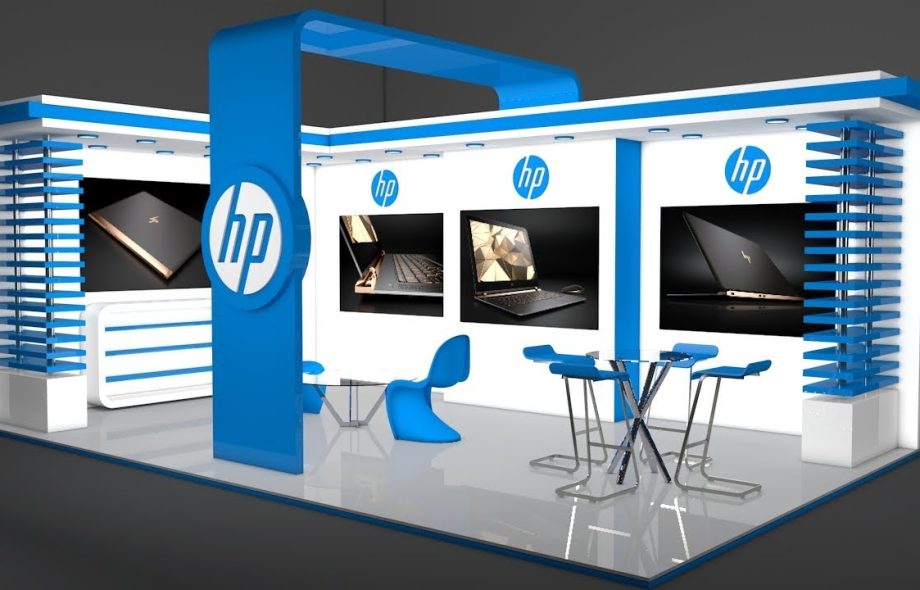A well-designed exhibition stall attracts visitors, enhances brand visibility, and generates business opportunities. However, poor planning and execution can reduce its effectiveness. Understanding common mistakes helps businesses create impactful exhibition stalls in Mumbai that stand out in competitive trade shows.
Ignoring Brand Consistency
A stall must reflect the brand identity consistently. Using mismatched colours, inconsistent fonts, and uncoordinated branding elements confuses visitors. A strong brand presence requires cohesive visuals across banners, posters, digital screens, and promotional materials. A clear brand message ensures that attendees recognize and remember the business.
Overcrowding the Stall Space
Cluttered exhibition stalls overwhelm visitors and make navigation difficult. Overloading the space with excessive decorations, promotional materials, and furniture reduces engagement. A well-organized layout with ample walking space encourages visitors to explore without feeling confined.
Prioritizing key display areas and removing unnecessary elements enhances the stall’s impact. Thoughtfully placed counters, seating, and product displays create a comfortable environment that promotes interaction.
Poor Lighting Arrangement
Lighting plays a crucial role in highlighting key areas of the stall. Dim or uneven lighting reduces visibility and diminishes the stall’s appeal. Bright, well-distributed lighting enhances product displays and creates an inviting atmosphere.
Using spotlights, backlit panels, and LED screens draws attention to essential sections. Adjustable lighting allows for customization based on the exhibition’s environment and audience preferences.
Lack of Interactive Elements
Static stalls fail to engage visitors effectively. Adding interactive elements like touchscreen displays, virtual product demonstrations, and live presentations increases visitor interest. Interactive elements provide hands-on experiences that leave a lasting impression.
Live product demonstrations and experiential marketing strategies improve engagement and encourage direct interactions. Incorporating technology-driven solutions ensures that the stall remains modern and appealing.
Ignoring Visitor Flow and Accessibility
A poorly planned layout disrupts visitor movement. Narrow walkways, obstructed entry points, and misplaced counters create congestion. A smooth visitor flow ensures accessibility and maximizes stall engagement.
Designing an open and inviting space encourages visitors to enter and explore. Clear signage, directional cues, and strategically placed information points enhance the overall experience.
Neglecting Staff Training and Engagement
An exhibition stall’s success depends on the effectiveness of the staff. Untrained or disengaged staff members fail to convey brand messages and interact with visitors appropriately. Knowledgeable, enthusiastic, and well-prepared team members create positive experiences for attendees.
Providing staff with detailed information about products, services, and customer engagement strategies enhances their effectiveness. Training sessions before the event ensure that the team remains confident and approachable.
Weak Call-to-Action Strategy
Exhibiting without a clear call to action (CTA) limits lead generation opportunities. A stall should guide visitors toward specific actions, such as signing up for newsletters, booking appointments, or purchasing products.
Placing CTAs strategically on banners, screens, and promotional materials increases engagement. Offering incentives, such as discounts or free trials, encourages visitors to act immediately.
Using Low-Quality Graphics and Print Materials
Blurry images, pixelated banners, and poorly designed brochures create a negative impression. High-resolution graphics and professional printing enhance visual appeal and brand credibility.
Investing in quality display materials ensures that the stall looks polished and professional. Consistent branding across digital and print assets strengthens the overall impact.
Overlooking Post-Event Follow-Up Plans
Focusing only on the exhibition without planning follow-up actions results in lost opportunities. Collecting visitor contact details and engaging with potential leads after the event ensures continued business growth.
Implementing a structured follow-up strategy with personalized emails, calls, and social media engagement strengthens relationships. Businesses using exhibition stalls in Mumbai benefit from ongoing communication with potential clients to maximize trade show success.
Not Adapting to Different Exhibition Spaces
A rigid stall design that fails to adapt to various event spaces limits usability. Customizable, modular designs ensure flexibility for different venues and booth sizes.
Adjustable components, collapsible structures, and interchangeable branding elements maximize the stall’s usability. A versatile design maintains consistency while accommodating diverse exhibition environments.
Choosing the Wrong Color Scheme
Colours influence visitor perception and engagement. An overly bright or dull colour scheme affects the stall’s visibility and attractiveness. Selecting the right colours that align with brand identity enhances the visual impact.
Balancing bold and neutral shades creates an appealing contrast. Complementary colour schemes ensure that essential elements stand out without overwhelming the viewer.
Future Trends in Exhibition Stall Design
Emerging trends focus on eco-friendly materials, digital integration, and multi-functional spaces. Businesses investing in innovative exhibition stalls in Mumbai stay ahead by adopting modern designs that enhance visitor experiences.
A well-planned exhibition stall drives brand recognition, customer engagement, and business growth. Avoiding common design mistakes ensures a successful and memorable trade show presence.
 :
https://in.pinterest.com/contact2580/
:
https://in.pinterest.com/contact2580/












